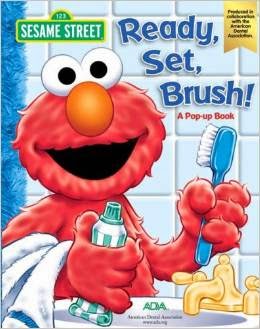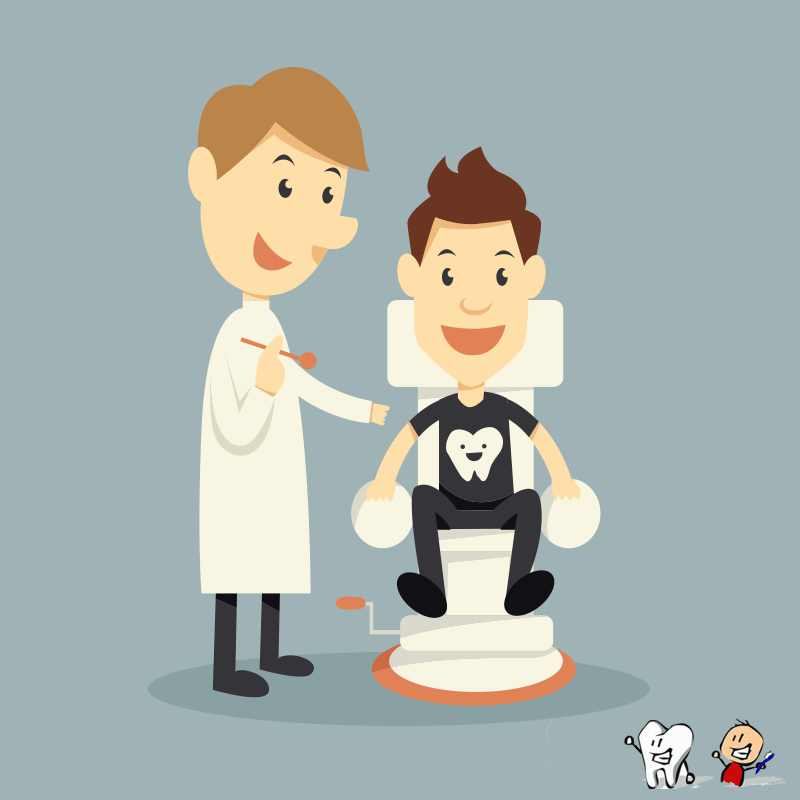Category: american academy of pediatric dentists
How to Protect Your Baby from Tooth Decay
Think you need to wait until your baby has a mouth full of teeth to begin dental care? Wrong! In fact, the American Association of Pediatric Dentists recommends that you take your baby to see the dentist when he or she gets that first tooth. The first visit is primarily informational, but it could mean that you and your baby are one step ahead on the road to healthy teeth.
Baby Tooth Care
You’ll want to make sure that you are instilling good oral care habits in your baby from as early on as you can. Pediatric dentists recommend that you don’t send your babies to bed with bottles, especially when those bottles contain milk, formula or juice. Once your baby gets his or her first tooth, you’ll want to gently brush their teeth gently with just a light smear of toothpaste to begin building proper hygiene and brushing habits.
Thumb Sucking
Do you have a thumb sucker? Pediatric dentists agree that a pacifier is their preferred choice in the pacifier vs. thumb debate. Ideally, your child shouldn’t use a pacifier or a thumb for sucking, but if it has to be one or the other, dentists recommend the pacifier over the thumb. Keep in mind that you should never dip the pacifier in any kind of sweet liquid before giving it to your baby, because the sugar in the liquid will simply remain in the mouth, potentially leading to future decay.
Using Bottles
Finally, wean your baby from bottles by the age of one. By this time, you will want to encourage your child to learn how to drink from a cup as you continue to encourage a healthy and nutritious diet for your child.
Encouraging Healthy Teeth for Kids
Start Early
Insurance Providers as a Resource
Teaching your Kids to Floss
Best Kid Books that Teach Oral Hygiene
 |
| Available on Amazon |
 |
| Available on Amazon |
The Best Dental Hygiene Products for Small Children
| Brush Baby Chewable Toothbrush |
Are Pacifiers a Kids’ Dental Problem?
Problems with Long-Term Pacifier Use
Things to Remember
Contact Playtime Dental Today
Kids’ Dental Tips for Busy Parents
- Switch to Water: Switching your child’s drinks from soft drinks and juices to water and sugar free drinks is the best way to help keep your child’s teeth clean. Though you cannot always ensure that your child will make these choices in their adult lives, you can help them make good choices at a young age.
- Offer Fewer Sugary Snacks: Though things like fruit snacks and candy may be a great way to make your child happy, they are often the cause of cavities, rotten teeth, and tooth pain. The average kids’ dentist recommends limiting sugar at an early age to cultivate good habits. If your child does have a sugary treat, have the child brush his or her teeth afterwards to remove sugar that may cause decay.
- Create a Bed-time Routine: Another great way to get your child’s teeth in great shape is to make up a bed time routine. This can help create consistency and can help get your child involved in their own dental health. This will make for a much easier process when it comes to getting your child’s teeth clean. Try encouraging them to brush their teeth while they sing their favorite song or while they watch a video. This can help make a great routine that they actually want to participate in.
- Get the Kids Involved: The last thing you may want to do is to get your child involved in their own dental health. Let them know how to take care of their own teeth, and let them know why they are brushing and flossing. This will help you to get your child involved and ready to help keep their own teeth clean. Dentist visits are a great place to learn about dental health.
Water Only in Sippy Cups
Oral Health Checklist for Teens
As your child ages, especially during his or her teenage years, it will be your job to hand over the responsibility of taking care of your child’s teeth. This means it will be your child who has to make sure his or her teeth are brushed after every meal. Although there is quite a bit involved in properly taking care of one’s mouth, your teenager should not feel overwhelmed with dental hygiene. To make sure your child is doing all that he or she can, make sure you hang up an oral health checklist in your child’s bathroom as well as regularly visiting a kids’ dentist. The checklist should outline the following tips and it should be written as if it is talking directly to your teen.







